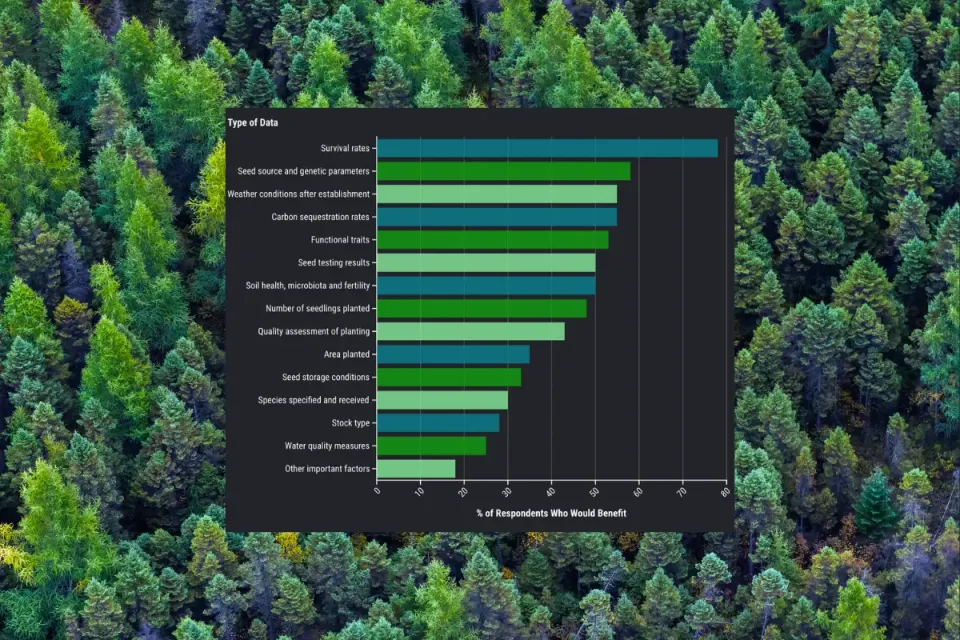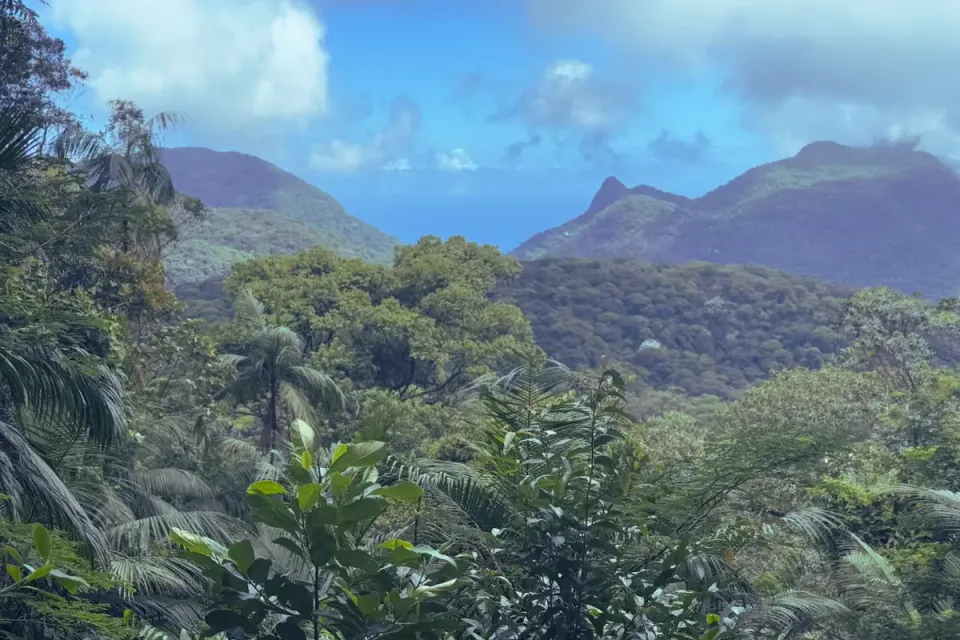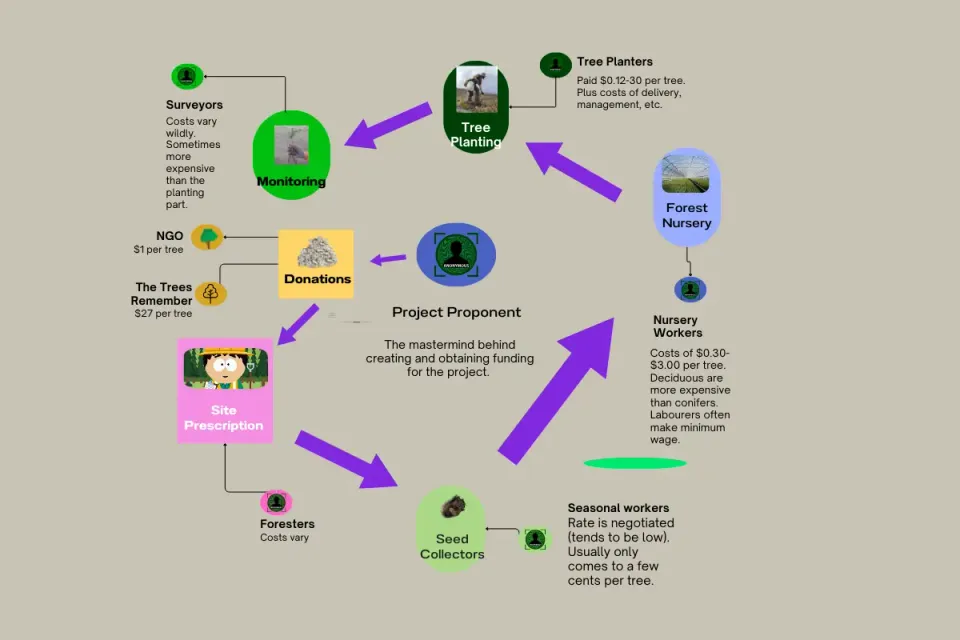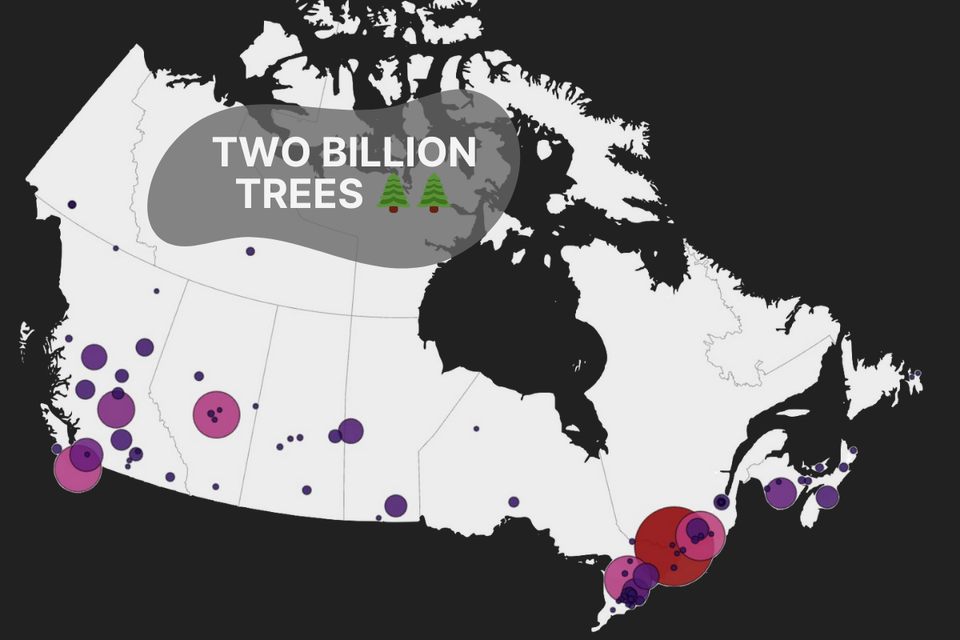Carbon Projects Boom in DRC, But Are Communities Protected? 🌿
Moretti said the allure of carbon credits has enticed not just private companies like KMS, but also “a lot of development actors, NGOs and even government officials”.
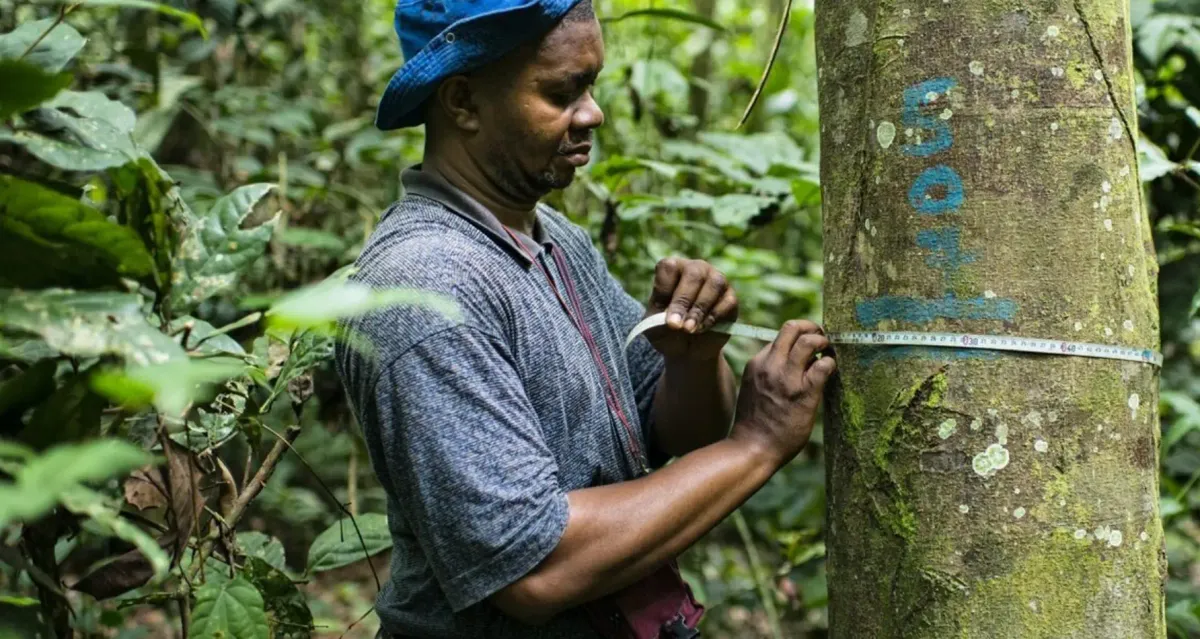
This article by John Cannon originally appeared in Mongabay.
- Researchers say carbon credit projects involving private companies, NGOs and logging companies have proliferated in the Democratic Republic of Congo.
- They’ve documented projects covering more than a quarter of the DRC’s nearly 200 million hectares (494 million acres) of forest.
- Preliminary findings suggest that the DRC lacks the governmental guardrails to ensure these projects are helping to avoid deforestation and that they are not harming communities.
- In late 2021, an India-based consultancy signed carbon credit project agreements with 25 communities in the DRC but provided little information about the projects. The company is reportedly no longer operating in the country.
Carbon markets are among the proposed solutions for financing the protection of forests that sequester carbon and hold biodiversity. In the Democratic Republic of Congo alone, carbon credit projects cover some 54 million hectares (more than 133 million acres), according to ongoing research by the British NGO Rainforest Foundation UK (RFUK) and APEM, a Congolese advocacy group. However, the value of these projects rests on their ability to protect forests while also benefiting the communities that rely on them and are often their guardians.
Forests cover 86% of the DRC, and the country’s nearly 200 million hectares (more than 494 million acres) of tropical forest are second only to Brazil globally. From a carbon standpoint, keeping that forest standing could provide a hedge against climate change. That potential has led to substantial interest in using carbon credits to finance conservation in Africa while providing a sustainable income to forest-dependent communities.
The 2024 U.N. climate conference, COP29, began Nov. 11 in Baku, Azerbaijan, where financing to help protect the world’s forests — and the bulwark against accelerating climate change they represent — is a key topic. However, as long-promised funding from wealthy countries to less-industrialized countries like the DRC has failed to materialize at anticipated levels, leaders and communities say they have been forced to look for other sources of conservation financing.
In the DRC, as in other countries, carbon credit projects are seen as “this sort of panacea … to attract all the finance needed,” Vittoria Moretti, a forest campaigner with RFUK who is leading the organization’s research, told Mongabay. “They’re considered essential to reduce the forest churn, to alleviate the pressure on forests.”

Moretti said she and her colleagues were “alarmed” by the reports of new projects rapidly cropping up. Yet little information on these activities is publicly available, despite legal requirements in the DRC for a registry of carbon projects, she added. What’s more, the DRC lacks the governmental guardrails to ensure these projects are indeed avoiding deforestation to account for the carbon that’s translated into credits and that they are not harming the communities often intimately involved in protecting the forest, Moretti’s research has shown.
In late 2021, Congolese observers were concerned when they found that an India-based consultancy had signed agreements for carbon credit projects with 25 communities in Équateur province. The company, Kanaka Management Services (KMS), had little apparent experience in marketing carbon and did not appear to have adequately informed or obtained meaningful consent from the villages that controlled the forests KMS sought through their local forestry concessions known as CFCLs.
APEM and GASHE, a DRC-based human rights and environmental NGO, alerted communities and the media about KMS’ activities in 2022. KMS is reportedly no longer operating in the DRC, according to several sources contacted by Mongabay. The company’s project was also rejected in 2021 by the world’s largest carbon credit project certifier, U.S.-based Verra.
In this case, civil society watchdogs and voluntary carbon market mechanisms worked to protect communities and the integrity of carbon credits. But research by RFUK and APEM demonstrates that a suite of other project developers, NGOs and logging companies have swarmed to fill any void left by the company. Government officials also seem to support the move toward carbon markets as a source of funding.
“In the meantime, there have been so many other cowboys that have come,” Moretti said.

From her probes in the provinces of Équateur, Maï-Ndombe and Tshopo, she’s found apparent facsimiles of KMS’ approach, in which representatives of project developers approach a handful of leaders and provide scant information about the details of the project with only vague promises of financial benefits. In some cases the leaders are told to open bank accounts, often in towns that require days of difficult travel from their home villages, to receive their share of the payments from carbon credit sales. Moretti has fielded reports, however, that these accounts have remained empty even a year after being set up.
“That’s also one of the keys,” she said. “Those projects — they are not really doing much on the ground in terms of investing in communities, in terms of livelihoods or development activities.”
Many of the communities KMS first approached beginning in late 2021 had set up CFCLs, a structure outlined in a 2014 presidential decree. The idea is to secure community control of forests along with the opportunity to manage forests for sustainable use. And the process seems to be working in some communities, said GASHE coordinator Julien Mathe.
“CFCLs represent a viable approach to the protection of biodiversity or the sustainable use of forests, but also to community development if they are accompanied in compliance with the law,” Mathe told Mongabay in an email. For example, the CFCLs that GASHE works with monitor the forests for illegal logging or other activities and log them using a smartphone application, which in turn triggers an alert to the entire community.
But in parts of the DRC, moves to develop CFCLs have failed to get past the initial phase and into the development of the management plans.
At the same time, the rush for carbon credits has drawn in new players.
Moretti said the allure of carbon credits has enticed not just private companies like KMS, but also “a lot of development actors, NGOs and even government officials,” and they typically don’t share much information about how the carbon market works.
“Most of these communities, of course, didn’t even understand what it was,” she said. “They were never really informed or sensitized really about those things.” Nor do communities have documentation of what they signed up for, Moretti added.

She has also noticed an uptick in the number of concessions converted from logging to “conservation” to harvest carbon credits. It seems that the companies behind the concession may have completed a logging cycle, with the carbon market offering a new opportunity for revenue, Moretti added. “They found a way to keep making money without necessarily doing much on the ground.” But again, scant information exists on the areas, locations and proposed activities of these projects.
And it’s likely, Moretti said, that carbon projects extend over a much larger area of DRC than the tens of millions of hectares she and her colleagues have documented.
“I think it’s an underestimate.”
John Cannon is a staff features writer with Mongabay. Find him on Bluesky and LinkedIn.
FEEDBACK: Use this form to send a message to the author of this post. If you want to post a public comment, you can do that at the bottom of the page.
License
Cannon, John. "DRC carbon credit projects surge amid lack of regulation." Mongabay, 18 Nov. 2024. Republished under a Creative Commons Attribution-NoDerivatives 4.0 International License.

